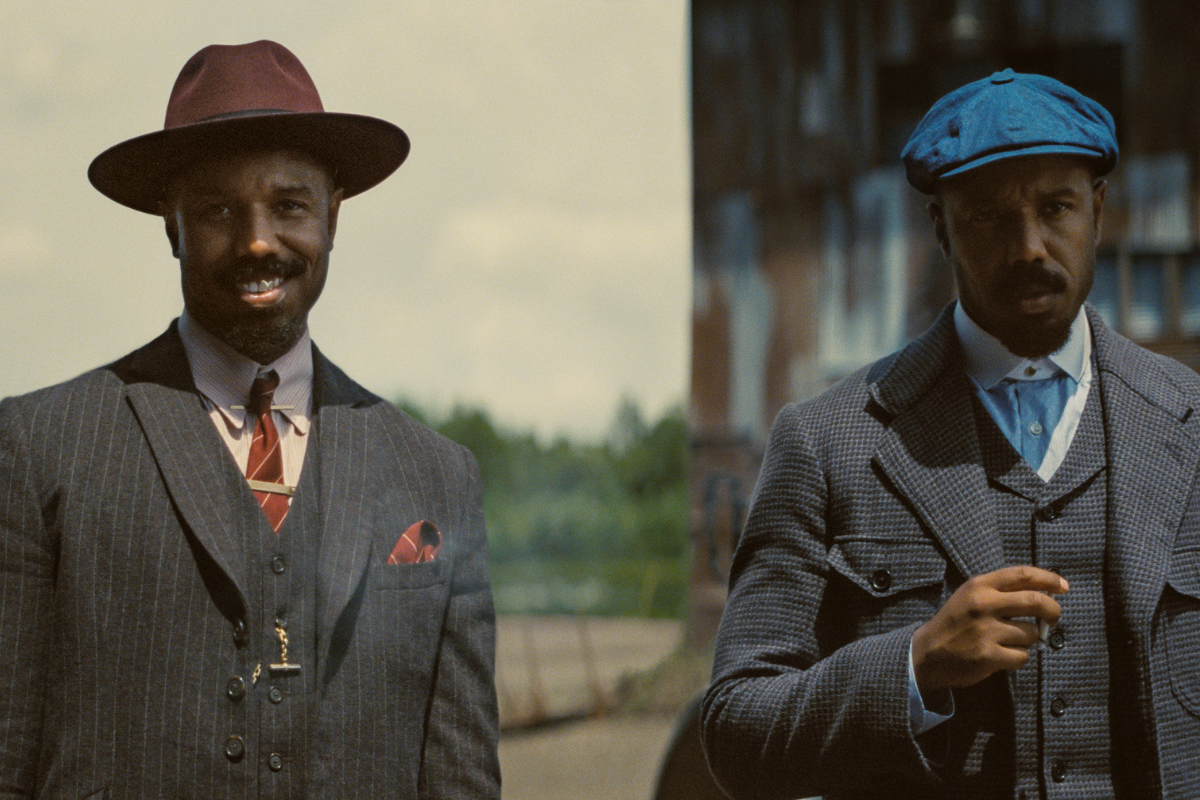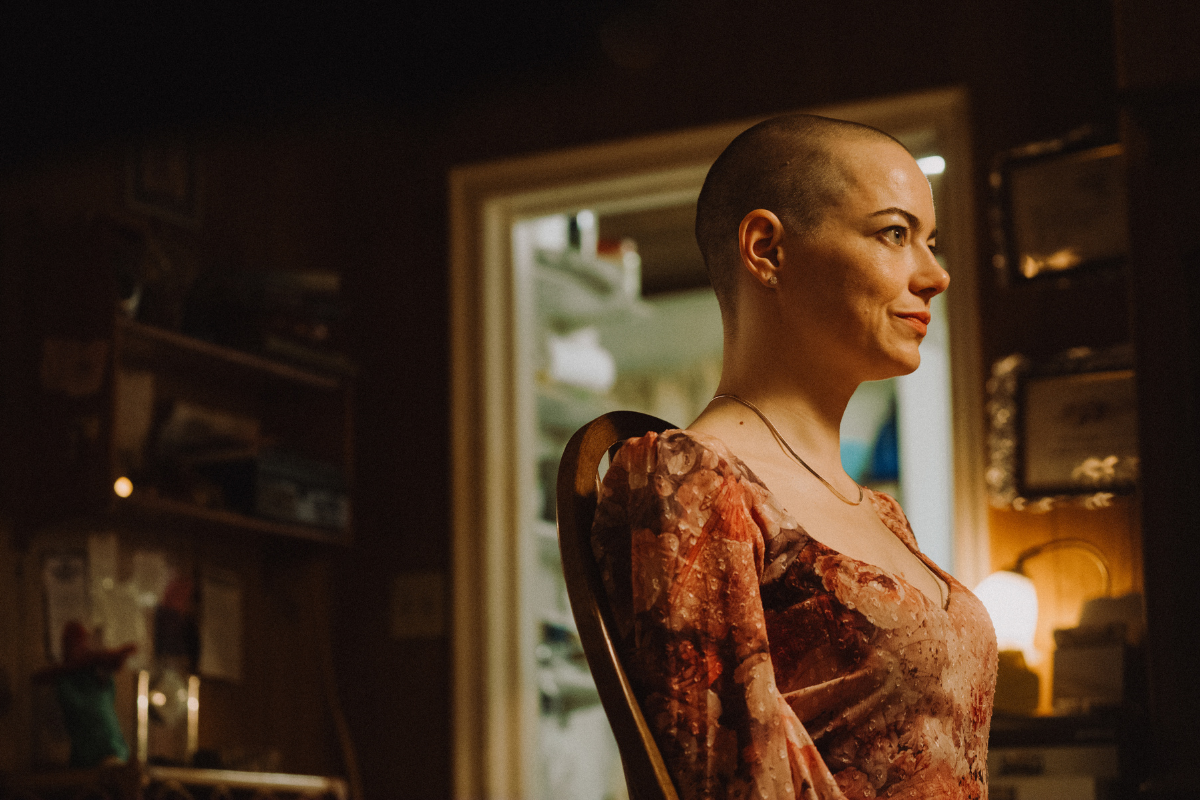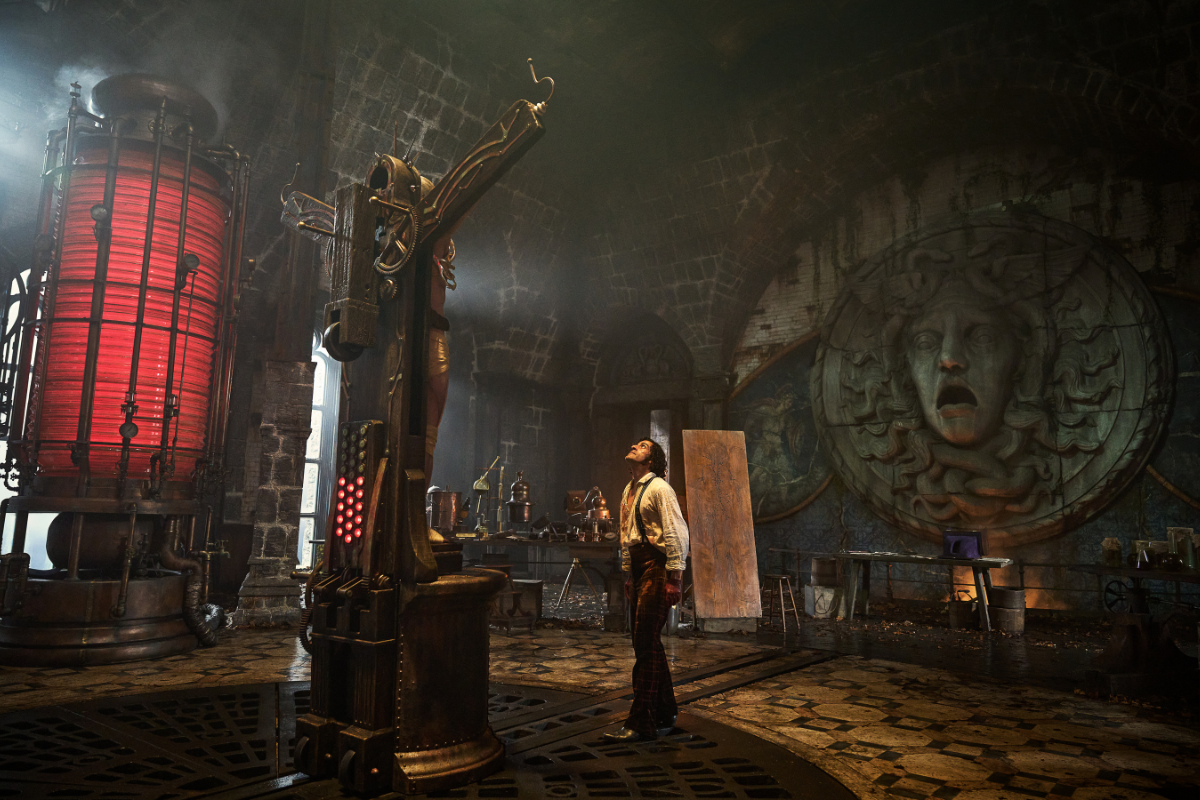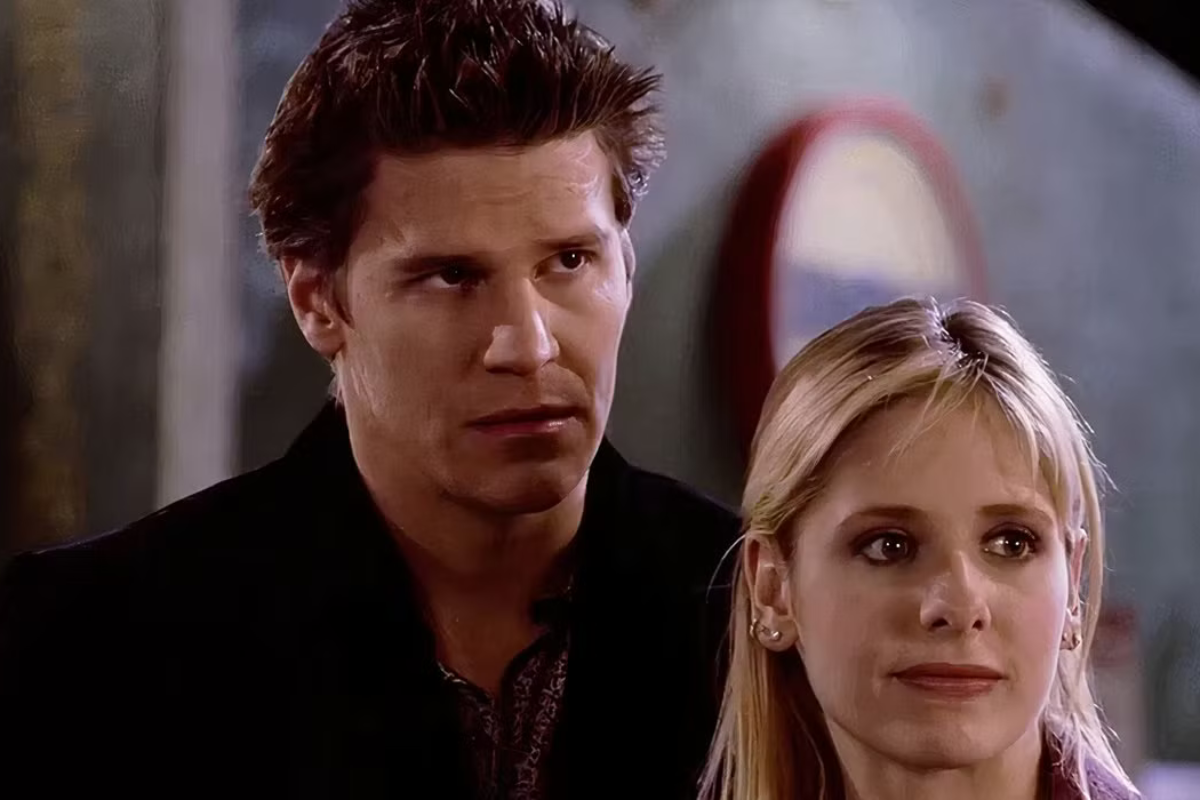Specs & The City: Symbols and ‘The Matrix’
So you’ve got basic formatting down. You know how to move from an outline, to a first draft, and on into rewriting. You’ve even finally wrangled that pesky dialogue monster…
So you’ve got basic formatting down. You know how to move from an outline, to a first draft, and on into rewriting. You’ve even finally wrangled that pesky dialogue monster that haunts so many writers. And after all of this hard work, your script is good. Really good. But it’s not great.
So now what?
Congratulations, you’re ready to crawl under the skin of your script, planting things just beneath the surface to bring your script to life and draw your audience in. Things like subplots, set-ups and pay-offs, and this week’s topic, symbols.
A symbol, for those unsure of the definition, is “a material object representing something, often something immaterial” and when you’re looking for examples of a story that utilizes multiple levels of meaning, you could do a lot worse than to start with the Wachowskis.
Let’s take a look at…
Symbols and THE MATRIX
One of the defining films of the 90’s, The Matrix is built around the concept that things aren’t always what they seem on the surface. To me, the Wachowskis illustrate this most effectively during one of the quieter moments of the film, when Neo pays a visit to The Oracle. She’s a Buddhist beacon of wisdom that takes up residence in the heart of the Matrix and while he’s waiting to see her, this happens:
In this scene, the spoon functions on multiple levels. There’s the basic level where Neo has spent most his life until now, where it’s simply a spoon. Dig a little deeper, and the spoon represents the matrix itself – a vivid symbol of how it can be molded and manipulated by those with the willpower. But wait, push just a bit further. There’s a third level where the spoon functions as a symbol of Neo’s awakening. His realization that what “Spoon Boy” says is true. There is no spoon.
When he bends the spoon with his mind, he is transitioned from a place of weakness to one of power within this new world he has been transported to.
It’s worth noting that using symbols is not the same thing as using symbolism. Want to know the difference? The spoon is a symbol. Neo falling backwards in a Christ-like pose as he sacrifices his life to save Zion in Matrix: Revolutions is heavy handed symbolism. Leave it out of your script.
Work symbols into your script during your rewriting, and you could have your own moment of realization. There is no spoon, just your script.
Now get writing!
Related Articles:
- Specs & The City: Flashbacks and Reservoir Dogs
- How to Write an Incredible Scene
- Dream, Vision, or Fantasy?
Tools to Help:
Brad Johnson is a screenwriter and producer who has placed in multiple competitions including Final Draft Big Break and the Walt Disney Television Writing Program. He has served as a judge for the Nashville Film Festival and the NYC Midnight Short Screenplay Challenge, and worked as a script consultant through his website, ReadWatchWrite.com. You can follow Brad on Twitter @RWWFilm.







